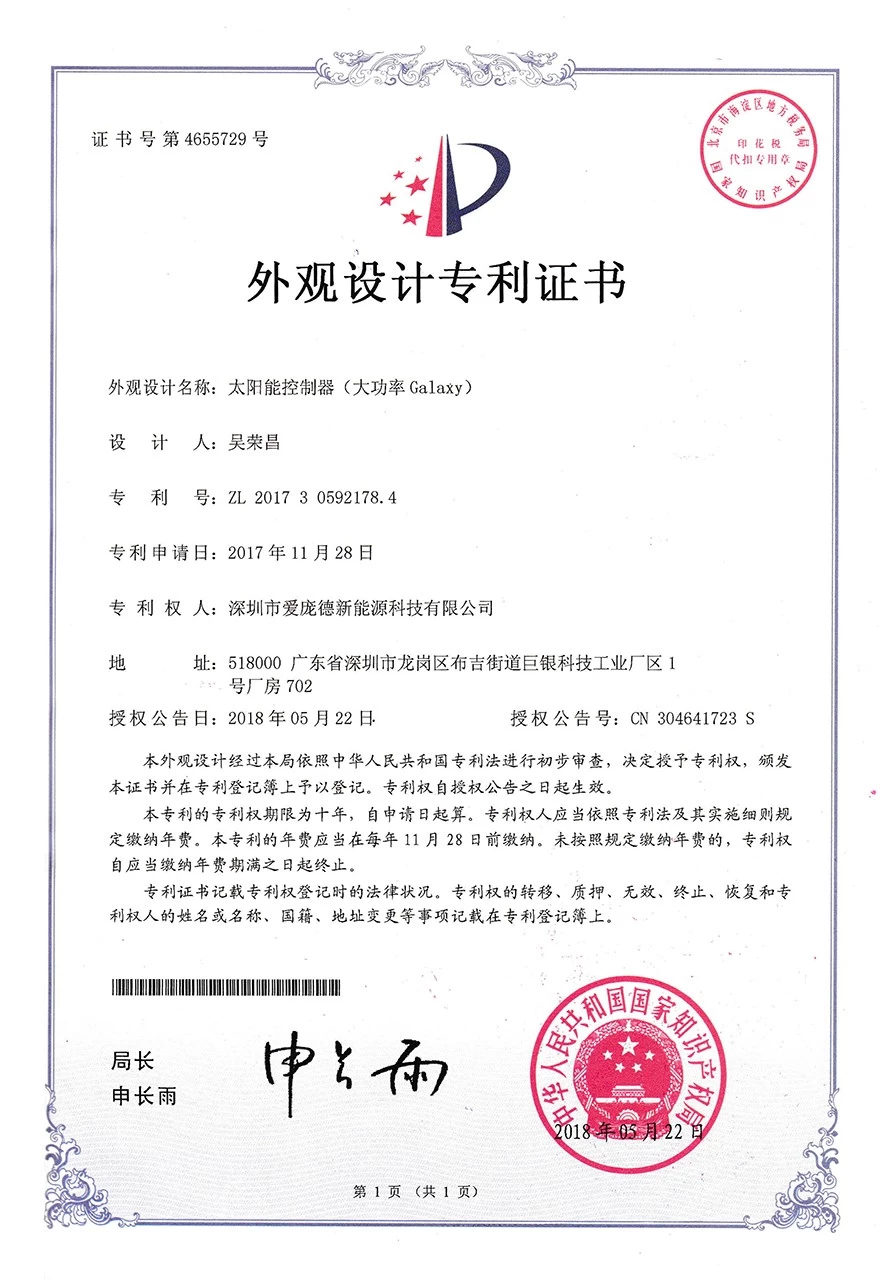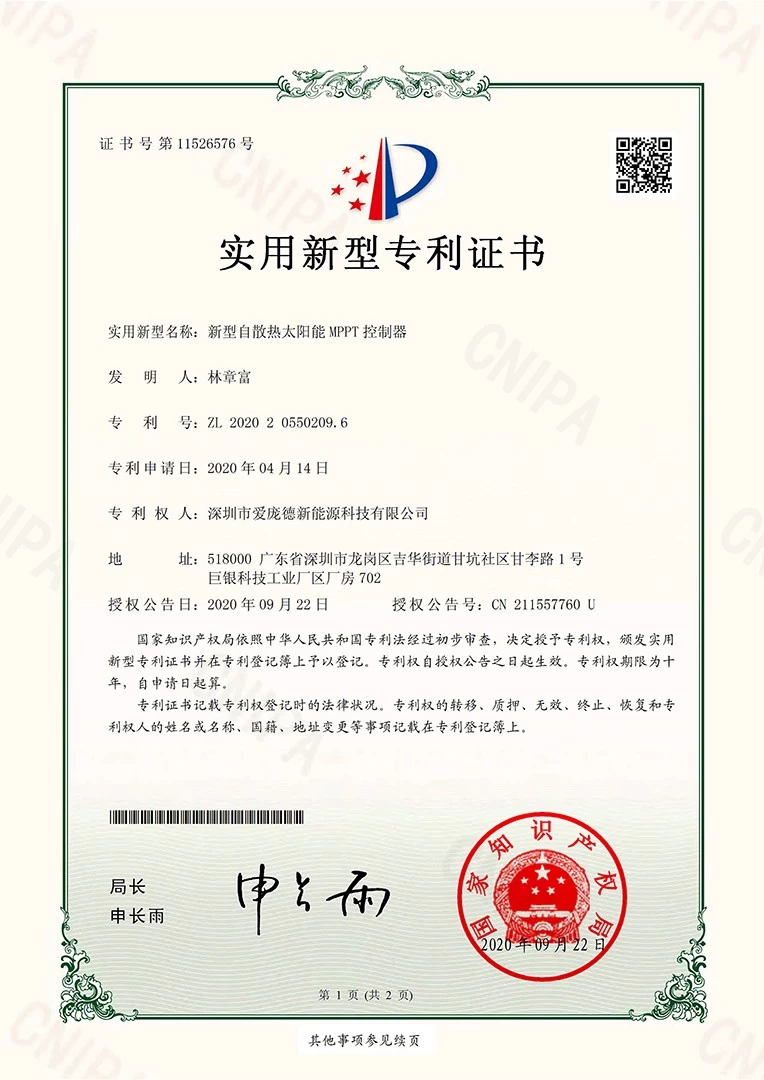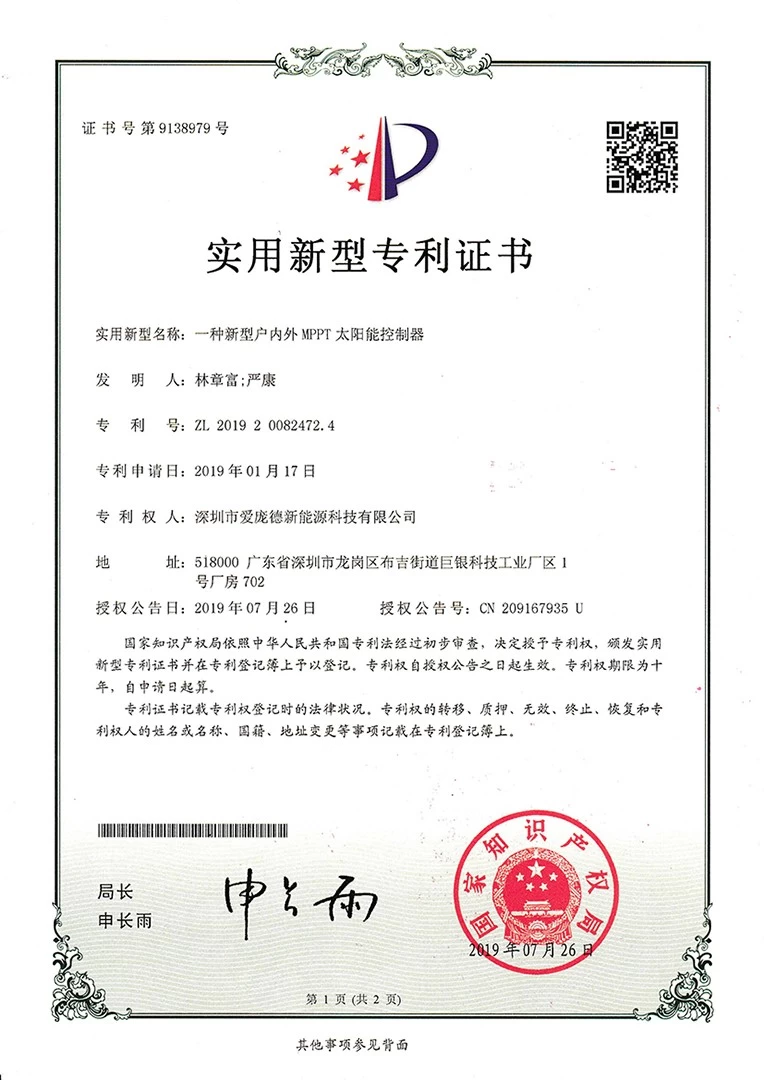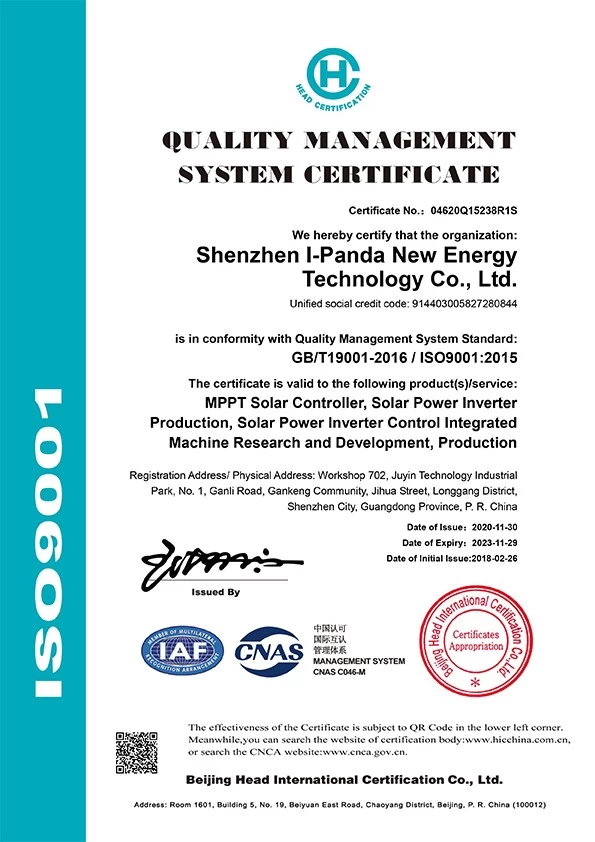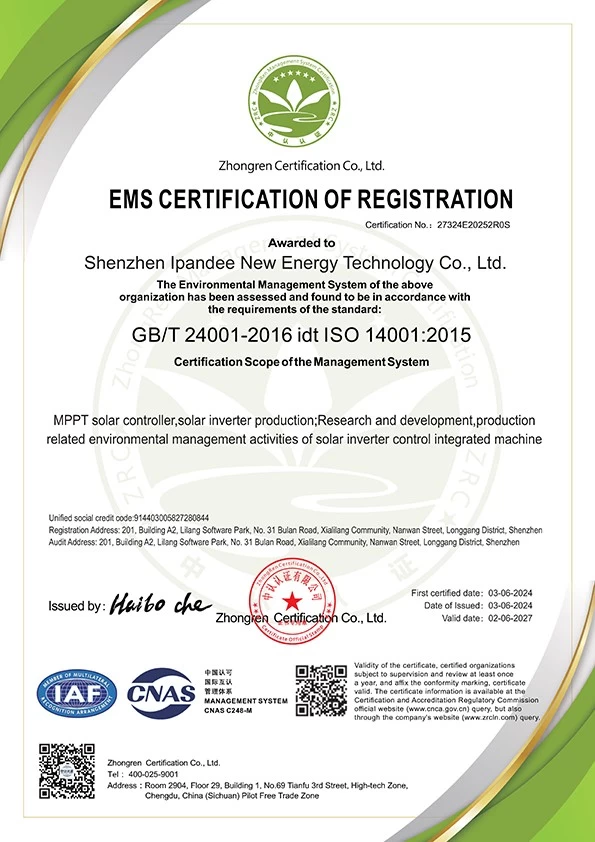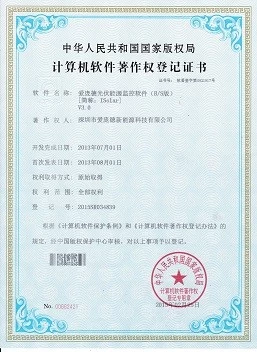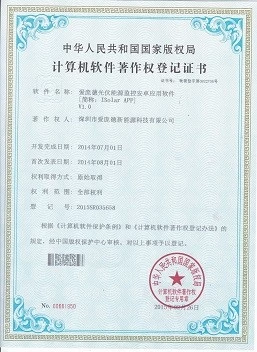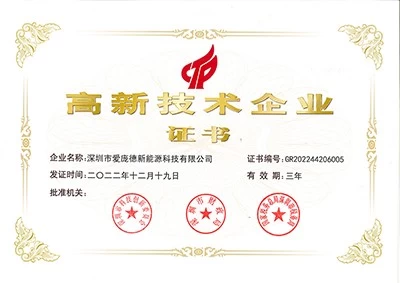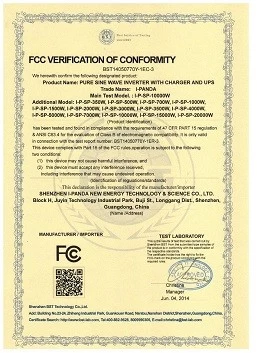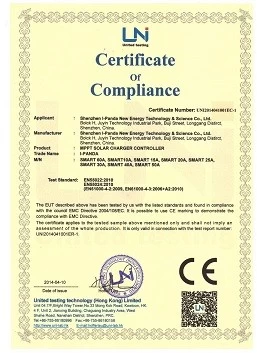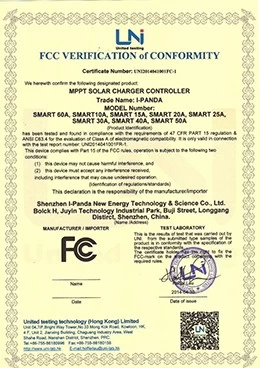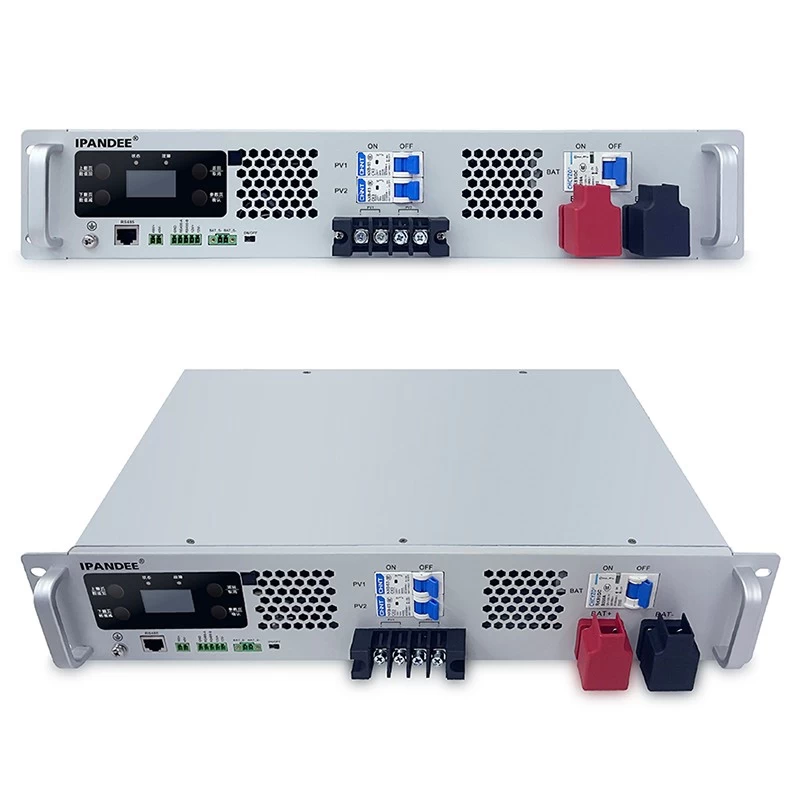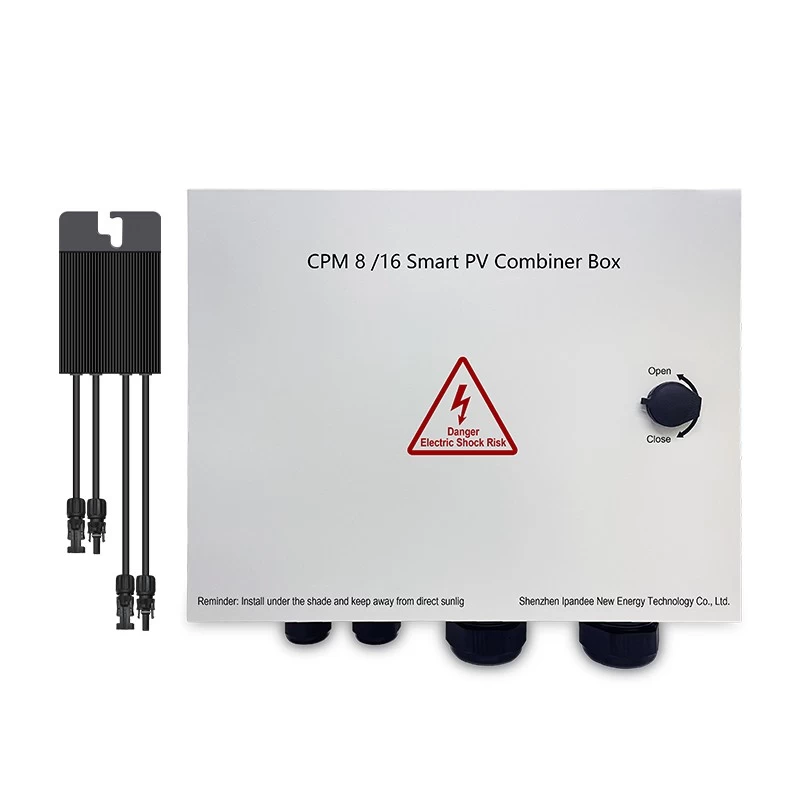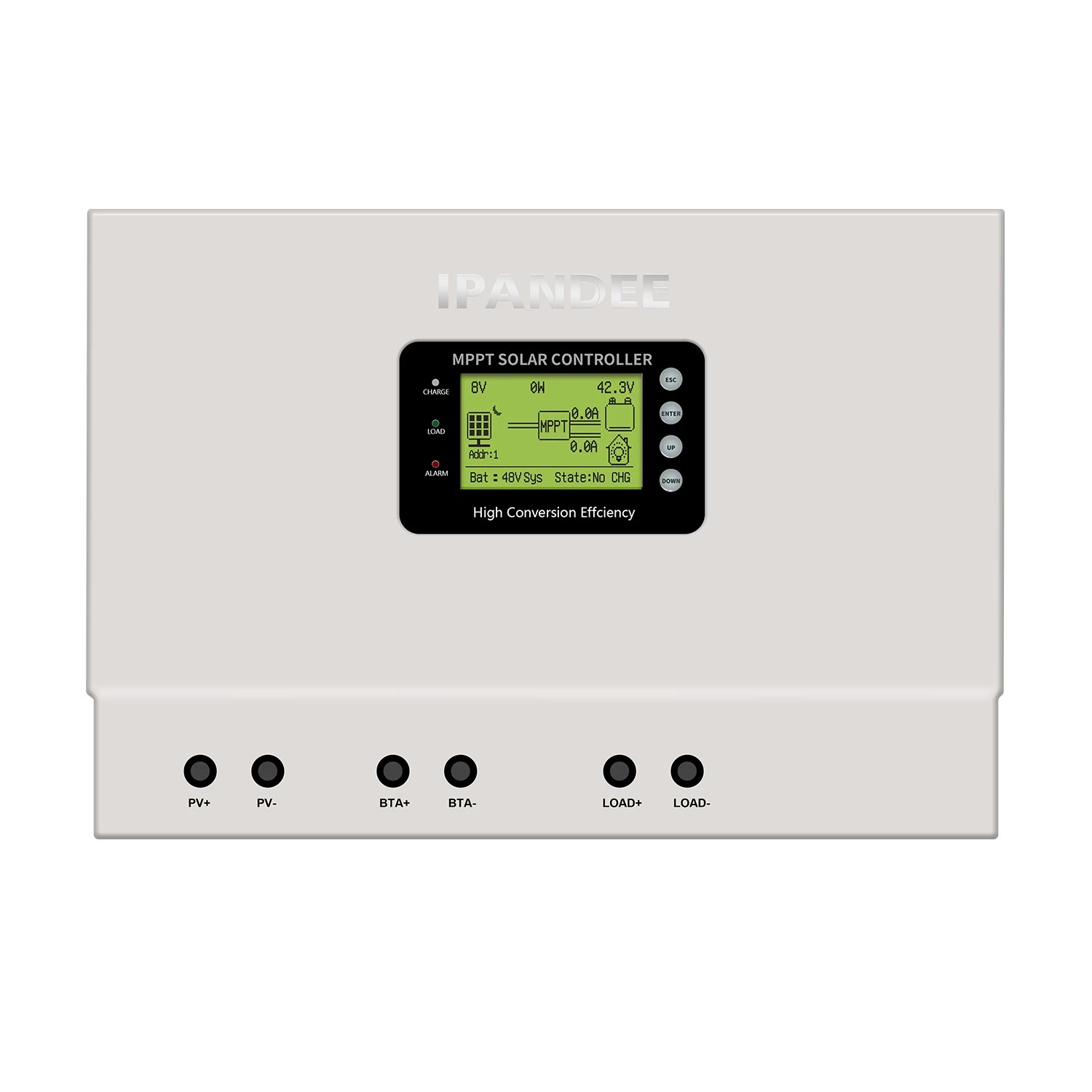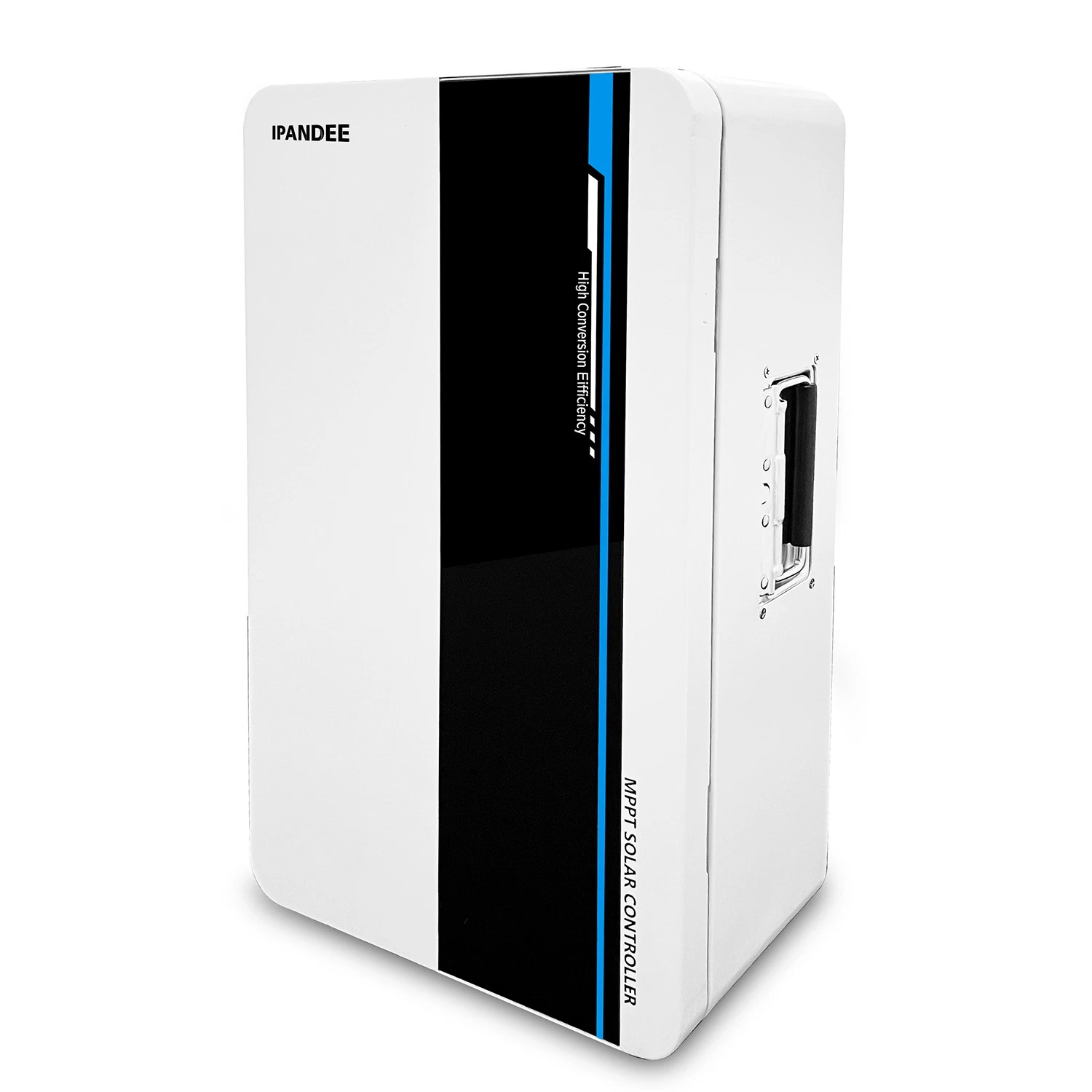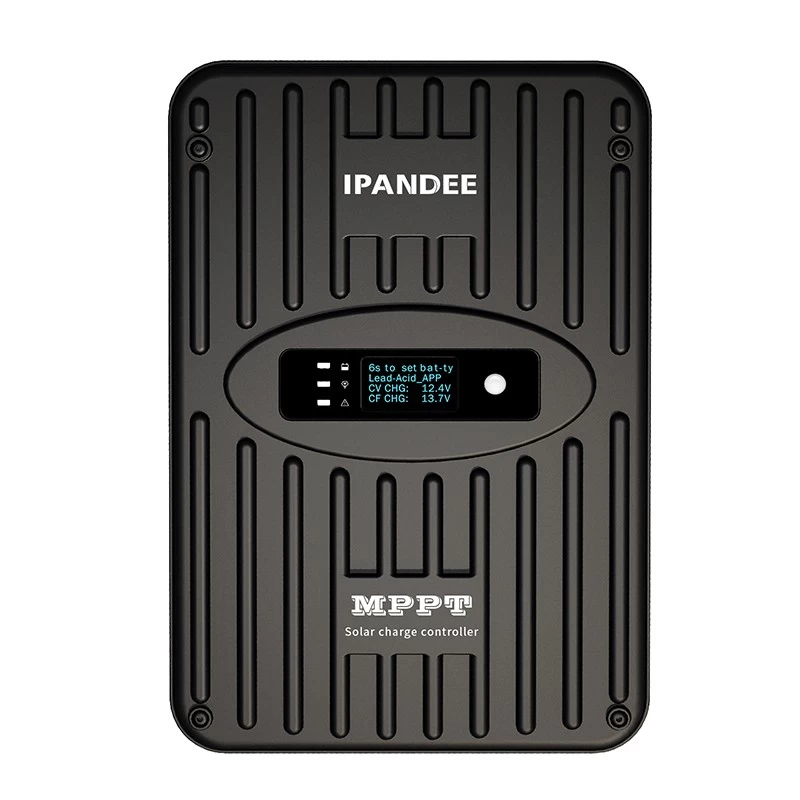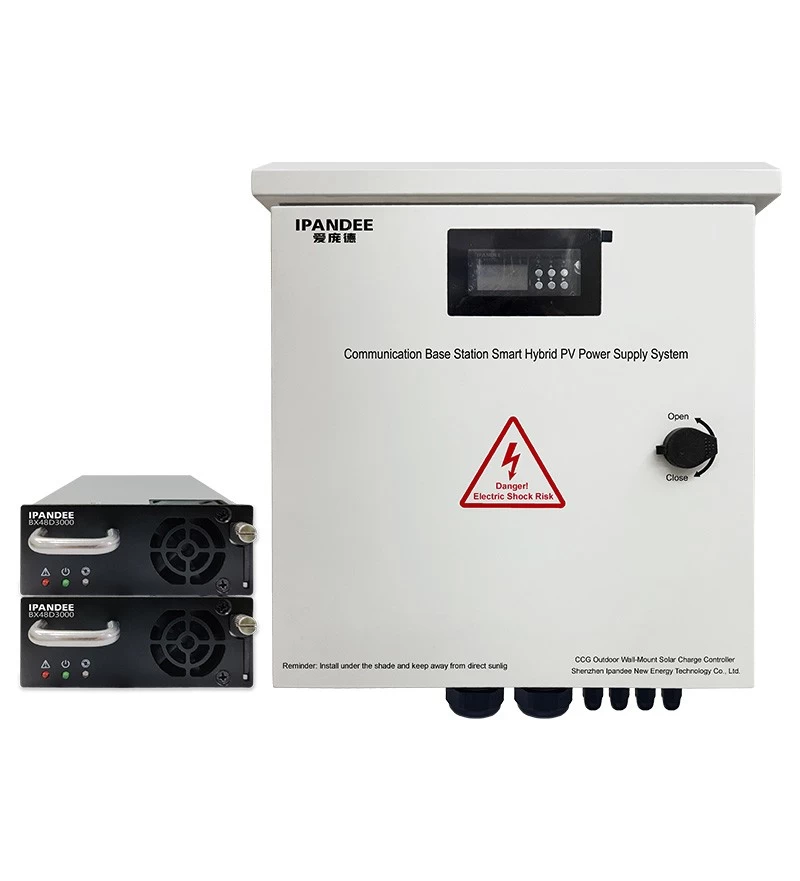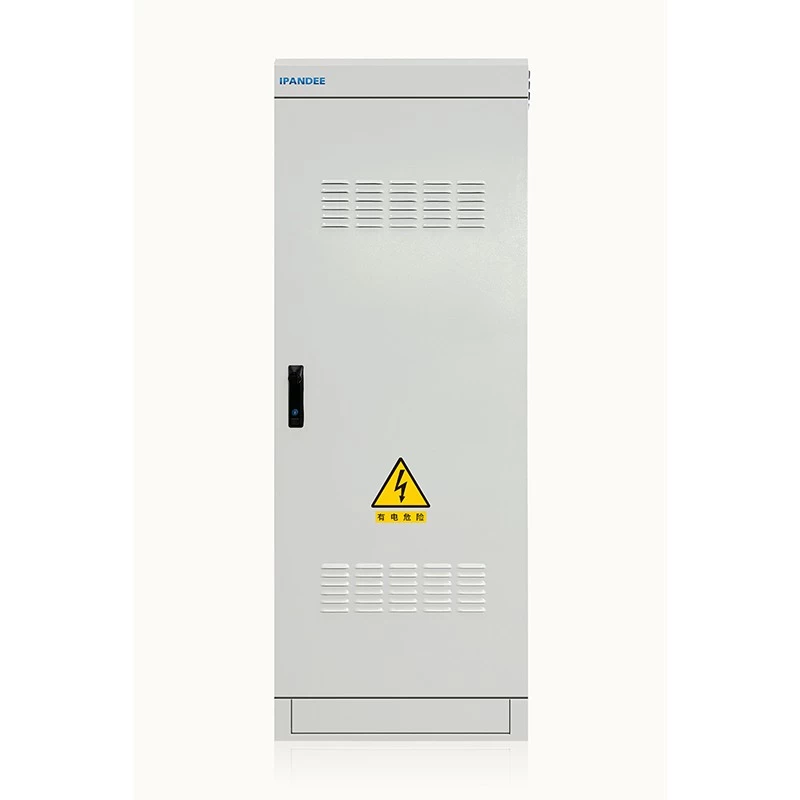Control of home off-grid photovoltaic power generation system
1.ControllerBasic working principle
The output characteristic curve of the solar cell is shown in Fig. 1. The volt-ampere characteristic of the solar cell has a strong nonlinearity, that is, when the sunshine intensity changes, the open circuit voltage does not change much, but the maximum current generated will There are considerable changes, so the output power and maximum power point will change. However, when the light intensity is constant, the current output by the solar cell is constant and can be considered as a constant current source. Therefore, it is necessary to research and design a solar photovoltaic controller with excellent performance in order to use solar energy more efficiently.

In the off-grid solar photovoltaic power generation system, the solar energy converted by the solar energy into the electrical energy is charged by the charge and discharge controller, and is supplied to the load. There are two main functions of the charge and discharge controller. One is to protect the battery from charge and discharge to avoid overcharging or overdischarging of the battery. The task of the battery is to store energy to supply the load at night or rainy. The power is used; the other is to provide a stable DC voltage source for use in the inverter or DC load. The main functions that a PV controller should have are:
1 high voltage (HVD) disconnect and recovery function. The controller should have an input high voltage disconnect and resume connection function.
2 Undervoltage (LVG) alarm disconnect and recovery function. When the battery voltage drops to the undervoltage setting value, an audible and visual alarm signal is issued, and the battery is stopped from supplying power to the load. When the battery voltage returns to above the undervoltage setting value, the battery is restored to supply power to the load.
3 protection features. The controller shall have a load short circuit protection circuit; a controller internal short circuit protection circuit; a battery through a solar cell module reverse discharge protection circuit; a load, a solar cell module or a battery polarity reverse connection protection circuit; and prevention of lightning strikes in multiple lightning areas Break down the protection circuit.
5 temperature compensation function. When the battery temperature is lower than 25 ° C, the battery should require a higher charging voltage in order to complete the charging process. Conversely, batteries above this temperature require a lower charging voltage. Usually, the lead-acid battery has a temperature compensation coefficient of 45 mv/C.

Charge and discharge controller
2 parallel type charge and discharge controller
The parallel charging and discharging controller block diagram is shown in Figure 2. In the parallel charging and discharging controller charging circuit, the switching device T1 is connected in parallel to the output terminal of the solar cell array. When the battery voltage is greater than the "full cutoff voltage", When the switching device T1 is turned on and the diode D1 is turned off, the output current of the solar cell array is directly discharged through the T1 short circuit, and the battery is no longer charged, thereby ensuring that the battery does not overcharge and function as an "overcharge protection". .

D1 is anti-"recharge diode", only when the output voltage of the solar cell array is greater than the battery voltage, D1 can be turned on, and D1 is turned off, so that the battery will not be reversely charged to the solar cell array at night or in rainy weather. , play the role of "reverse charging protection".
The switching device T2 is a battery discharge switch. When the load current is greater than the rated current, an overload or a load short circuit occurs, T2 is turned off, and functions as an "output overload protection" and an "output short circuit protection". At the same time, when the battery voltage is less than the "over-discharge voltage", T2 is also turned off, which plays the role of "over-discharge protection".
D2 is an "anti-reverse diode". When the polarity of the battery is reversed, D2 is turned on to discharge the battery through D2, and a large current is generated to quickly melt the fuse of the fuse, thereby preventing "battery reverse connection protection". effect.
The detection control circuit detects the battery voltage at any time. When the voltage is greater than the “full cutoff voltage”, T1 is turned on for “overcharge protection”; when the voltage is less than “overdischarge voltage”, T2 is turned off for “overdischarge protection”. .
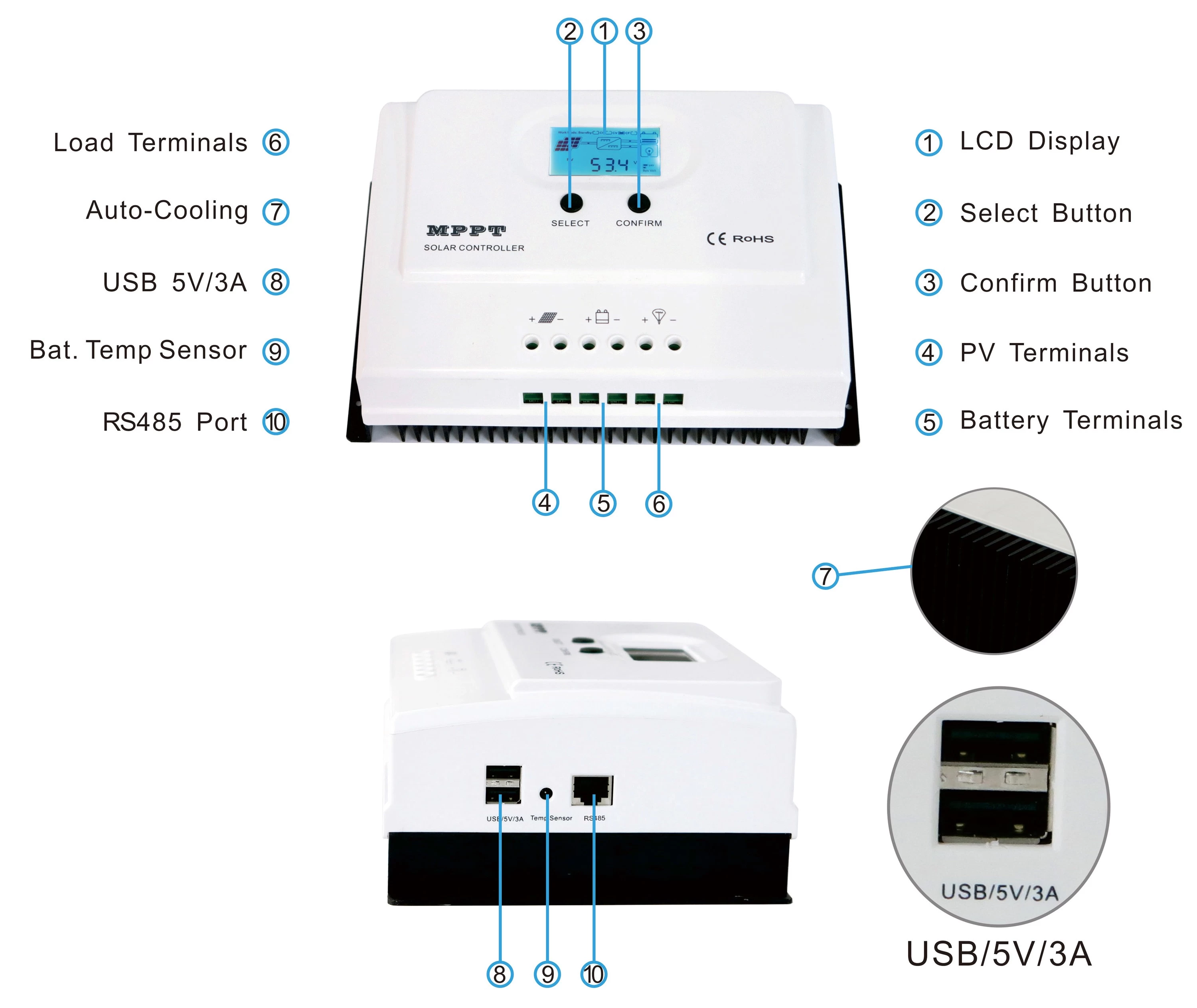
3. Series charge and discharge controller
The block diagram of the series charge and discharge controller is shown in Figure 3. The circuit structure of the series charge and discharge controller and the parallel charge and discharge controller are similar. The only difference is that the connection of the switching device T1 is different. The parallel type T1 is connected in parallel to the solar cell array. The output, while the series T1 is connected in series in the charging loop. When the battery voltage is greater than the "full cut-off voltage", T1 is turned off, so that the solar battery no longer charges the battery, and plays the role of "overcharge protection".
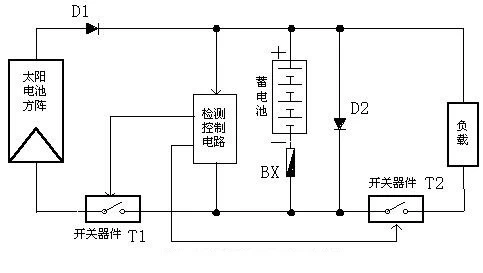
Disclaimer: The content is partly from the internet. In order to pass on more information, it does not mean agreeing to its views or confirming its description. Article content is for reference only. If there is any infringement, please contact in time.





